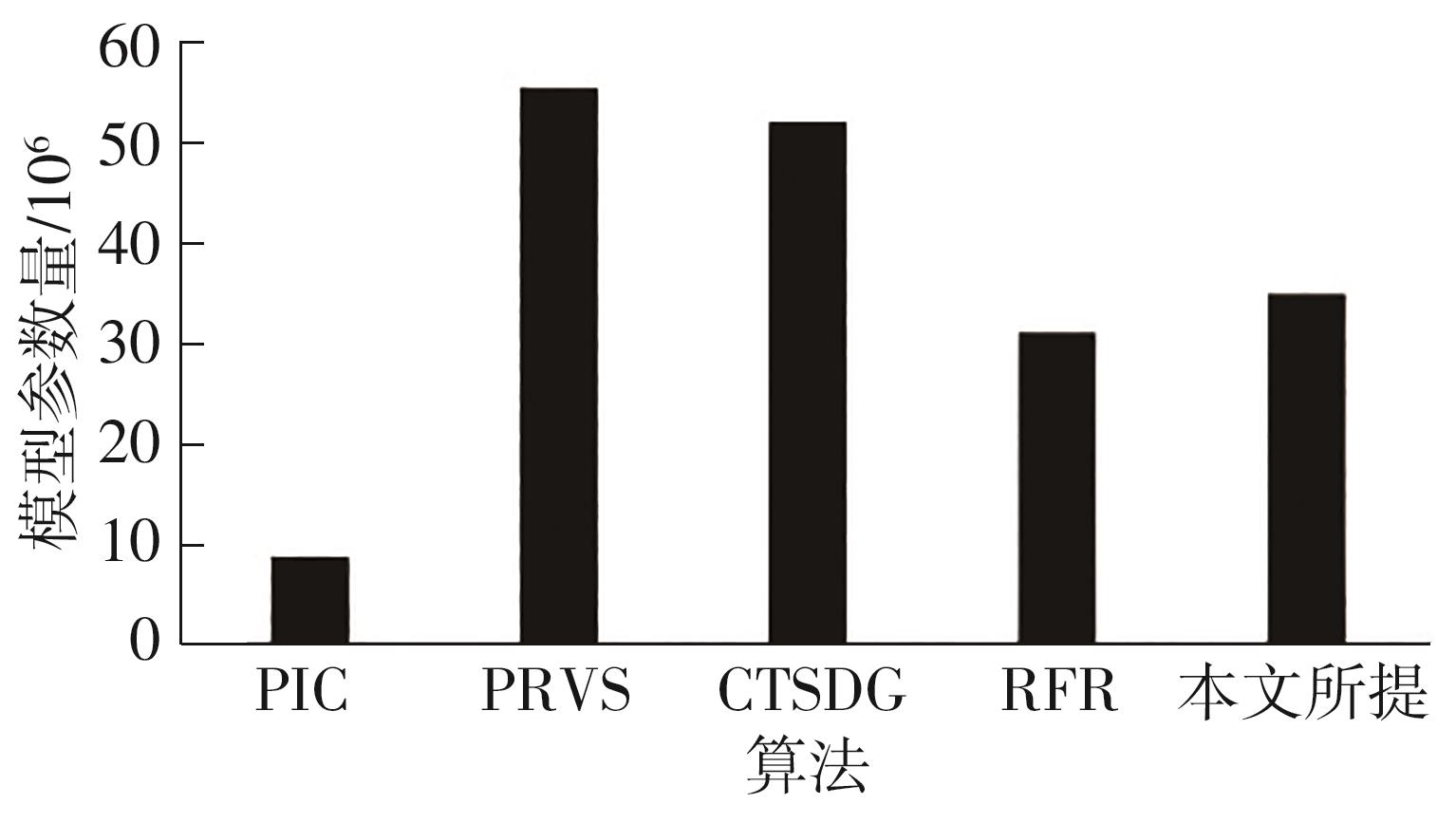华南理工大学学报(自然科学版) ›› 2023, Vol. 51 ›› Issue (9): 99-109.doi: 10.12141/j.issn.1000-565X.220420
基于密集特征推理及混合损失函数的修复算法
李海燕1 尹浩林1 李鹏2 周丽萍2
- 1.云南大学 信息学院,云南 昆明 650500
2.云南大学 云南大学学报(自然科学版)编辑部,云南 昆明 650500
Image Inpainting Algorithm Based on Dense Feature Reasoning and Mix Loss Function
LI Haiyan1 YIN Haolin1 LI Peng2 ZHOU Liping2
- 1.School of Information Science and Engineering,Yunnan University,Kunming 650500,Yunnan,China
2.Editorial Department of Journal of Yunnan University(Natural Science Edition),Yunnan University,Kunming 650500,Yunnan,China
摘要:
为有效解决现有算法修复大面积不规则缺失图像时存在特征利用率低、图像结构连贯性差的问题,提出基于密集特征推理(DFR)及混合损失函数的图像修复算法。修复网络由多个特征推理(FR)模块密集连接组成,首先将待修复图像输入第1个推理模块中进行特征推理,之后将输出特征图通道合并送入下一个推理模块,后续推理的每一个模块的输入都是来自前面所有推理模块的推理特征,如此循环,以充分利用每个推理模块捕获的特征信息;然后提出一个传播一致性注意力机制(PCA),提高修补区域与已知区域的整体一致性;最后,提出混合损失函数(ML)优化修复结果的结构连贯性。整个DFR网络使用组归一化(GN),小批量训练也可达到优异的修复效果。在国际公认的Paris StreetView巴黎街景数据集和CelebA人脸数据集上验证文中所提算法的性能,主客观的实验结果表明:所提算法能有效修复大面积不规则缺失图像,提升特征利用率与结构连贯性,其平均峰值信噪比(PSNR)、平均结构相似度(SSIM)、均方误差(MSE)、弗雷歇距离(FID)及学习感知图像块相似度(LPIPS)指标优于对比算法。
中图分类号:























